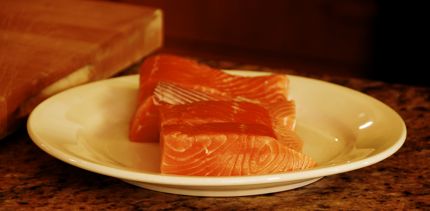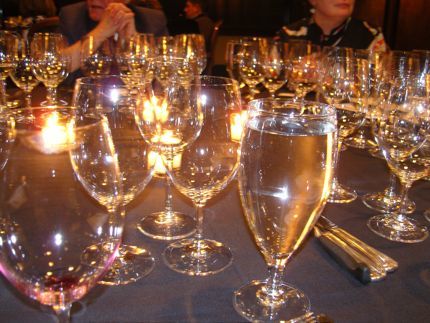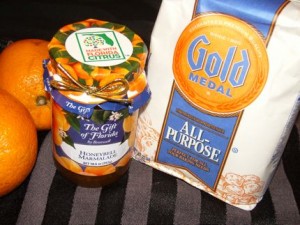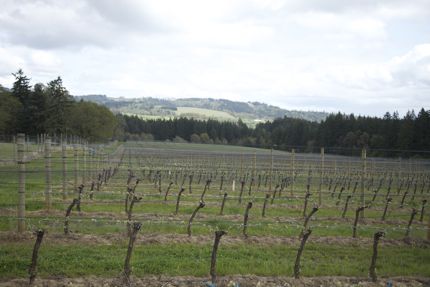Recipe of the Month: Grilled Asparagus Salad with Prosciutto, Parmigiano-Reggianno, and Balsamic Vinaigrette
May 30, 2013
Grilled Asparagus Salad with Prosciutto, Parmigiano-Reggianno, and Balsamic Vinaigrette
Varietal: Pinot Gris
Serves 4
This boldly flavored, texture-packed salad, which comes from Vancouver, British Columbia-based chef Rob Feenie’s third cookbook (“Feenie’s: Brunch—Lunch—Dinner,” Douglas & McIntyre, 2006) is a cinch to make, yet beautiful to behold and a delight to eat. The caramelized asparagus, salty prosciutto, and sweet-tart balsamic vinaigrette work well with the lively texture and honeysuckle/pear/vanilla flavors typical of Pinot Gris.
1 to 2 tablespoons kosher salt, plus extra salt for seasoning
2 pounds green asparagus, woody stems snapped or cut off and discarded
1/4 cup extra virgin olive oil
Freshly ground white pepper
Balsamic Vinaigrette (Recipe follows)
8 slices prosciutto
4 cups mesclun or other salad greens
Parmigiano-Reggiano or good-quality Parmesan cheese, for garnish
1. Preheat the grill to medium-high heat. Bring a large pot of water to a boil and add enough of the salt so that it tastes like sea water. Prepare an ice bath. (See Cook’s Hint, below.)
2. Add the asparagus to the water and cook for 1 minute, or until the asparagus turns bright green. Immediately transfer the blanched asparagus to the ice bath to stop the cooking process and to preserve the color. When the asparagus has cooled in the water, transfer to several thicknesses of paper towels or a clean kitchen towel to drain. Pat dry.
3. In a nonreactive bowl, toss the blanched asparagus with the olive oil to coat (to prevent the asparagus from sticking to the grill). Season to taste with salt and pepper. Grill 2 to 3 minutes, turning on all sides.
4. To serve, divide the asparagus among four warmed plates. Spoon the vinaigrette over and around the asparagus. Place 2 slices of prosciutto on top of each serving. Top with mesclun and drizzle with a little more vinaigrette. Use a vegetable peeler or sharp knife to thinly slice Parmigiano-Reggiano into curls and place a few on top of each serving.
Balsamic Vinaigrette
Makes 2/3 cup
2 tablespoons balsamic vinegar
2 tablespoons minced shallot
1 teaspoon honey
6 tablespoons extra virgin olive oil
Kosher salt
Freshly ground white pepper
1. In a nonreactive bowl, whisk together the balsamic vinegar, shallot, and honey. Whisking continuously, slowly add the olive oil in a thin stream until it forms a smooth, thick sauce. Season to taste with salt and pepper. Cover and refrigerate until ready to use.
Cook’s Hint: Ice Bath: Ice baths are called for when blanching vegetables or fruits; the cold water immediately stops the cooking process so the produce doesn’t become overcooked. To make an ice bath, simply fill a large mixing bowl with ice cubes and add cold water to cover the cubes.
Recipe reprinted from “Pacific Northwest Wining & Dining: The People, Places, Food, and Drink of Washington, Oregon, Idaho, and British Columbia” (Wiley, 2007, $34.95) by Braiden Rex-Johnson.







